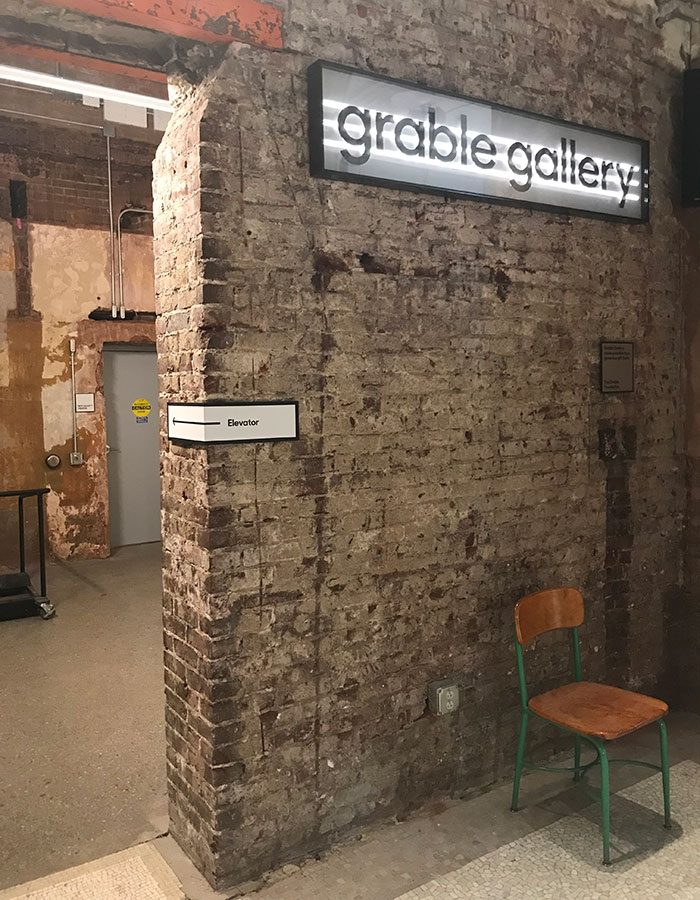New universal design program could help push socially responsible design into standard practice
The first test

isUD’s first test case started in 2017 when the Children’s Museum of Pittsburgh came to the IDEA Center for help on its “MuseumLab,” an ambitious expansion project that would involve the renovation and adaptive reuse of a 129-year old historic building and create the country’s largest cultural campus for kids. Chris Cieslak, director of facilities for the Children’s Museum, says the aspiration was to ingrain the project with the values of inclusion. “We didn’t want to do ‘green washing’ or ‘ADA washing’. We wanted the rigor of third-party certification and a standard by which we could be evaluated.” Danise Levine, an architect and assistant director of the IDEA Center, oversaw the certification process for MuseumLab, which opened in April 2019 as the first isUD-certified building. After two years of consultation that included a regular exchange of construction drawings, design documents and product specifications, Levine says the project stands as a beacon for innovation in universal design. “Instead of being discouraged by limitations of the existing building, the MuseumLab team viewed it as an opportunity to preserve its historic integrity and incorporate modern building concepts including universal design.”

In line with the universal design goal of social integration, all-gender restrooms offer an adult changing table and space to accommodate companions. They are also dispersed throughout the building (as opposed to being isolated in a designated area). Cieslak says she and her team came out of the process with an entirely new awareness of and facility with the tools of universal design. So much so that they came up with solutions on their own that went above and beyond the scope of isUD. We noticed that the automatic toilet flush systems and high-powered hand dryers could be distressing to visitors with autism or sensory challenges. So we got manual flush values and quieter dryers. No one noticed, but it was deliberate.
Social responsibility and beyond
Beyond its social responsibility and aesthetic appeal, universal design is good for the bottom line. Research, including studies by the IDEA Center, has shown it increases employee productivity and morale as well as visitor satisfaction. Its safety measures reduce liability. Consumer products giant Procter & Gamble recently applied the standards to its overall facility inclusion polices, which cover the company’s buildings across the U.S. “The IDEA Center has changed the way my company thinks about universal design. Using the isUD standards has redefined our facility inclusion efforts,” says Greg Patterson, the company’s facilities universal design leader. PricewaterhouseCoopers just completed the first phase of isUD for two office buildings, and in Western New York, Uniland Development Company is building the country’s first isUD-certified hotel in the Town of Amherst.
The Hampton by Hilton project is part of the Northtown Center and Audubon Recreation Complex, which has emerged as a destination for USA Sled Hockey tournaments and other sports for people with disabilities. Uniland’s senior real estate development manager, Kellena Kane, said the 107-room hotel, set to open in 2020, builds on the site’s unique tourism potential. “We saw this as a niche of the market, an opportunity to set the Northtown Center apart as a sports and recreation destination for all.” The company’s design team has worked closely with the IDEA Center to balance isUD requirements with the limitations of the site and franchisor approval. For instance, the hotel is constrained by the size of the site, and has little room to expand floorplates. That posed a challenge for achieving isUD clearances for bathrooms, which go beyond ADA requirements. “That can get costly to the financials of a project if you’re eliminating too many standard-sized rooms to meet those requirements,” says Kane. “We had to be creative to maximize the site while still meeting the required dimensions.” Other solutions combine clarity and elegance. Colored accent carpet will signal hotel room doorways, and themed art will visually delineate hotel floors.
Mary Hazlett is Uniland’s lead architectural interior designer for the project: “We want to create a building that is easy for everyone to navigate and where the changes are subtle and intuitive.” Now the company is blending universal design into other projects in its portfolio. “We will take this knowledge and incorporate it into as many of our buildings as possible.”
Public sector pioneer
Public buildings and spaces are a critical target for universal design. They are also among the most challenged due to aging facilities.
Erie County, however, is diving in. The local government has written universal design right into its Live Well Erie initiative, a data-driven strategy for improving health outcomes and quality of life for all. Specifically, the strategy sets a goal to integrate universal design into county-supported senior housing facilities and public spaces. According to Brian Bray, special assistant commissioner in the Erie County Department of Social Services, it was a given that universal design would be part of the strategy. “Anything that involves the support of taxpayer dollars has to have universal design as a guiding principle.” Now they have the tools to make it happen. “We need that step-by-step guide, a standard to refer to.”
